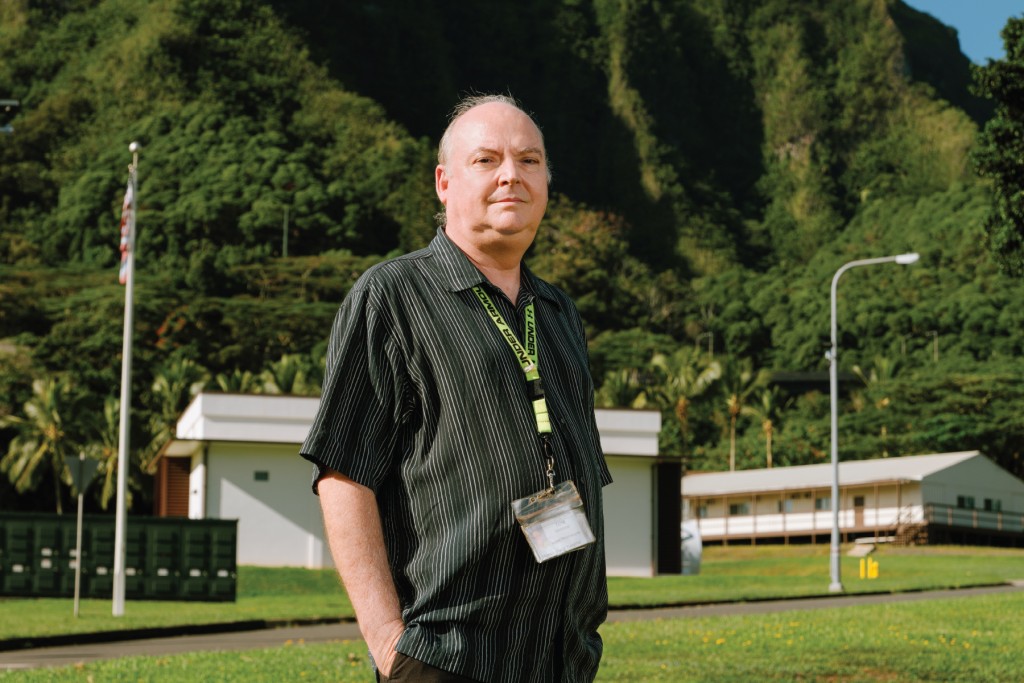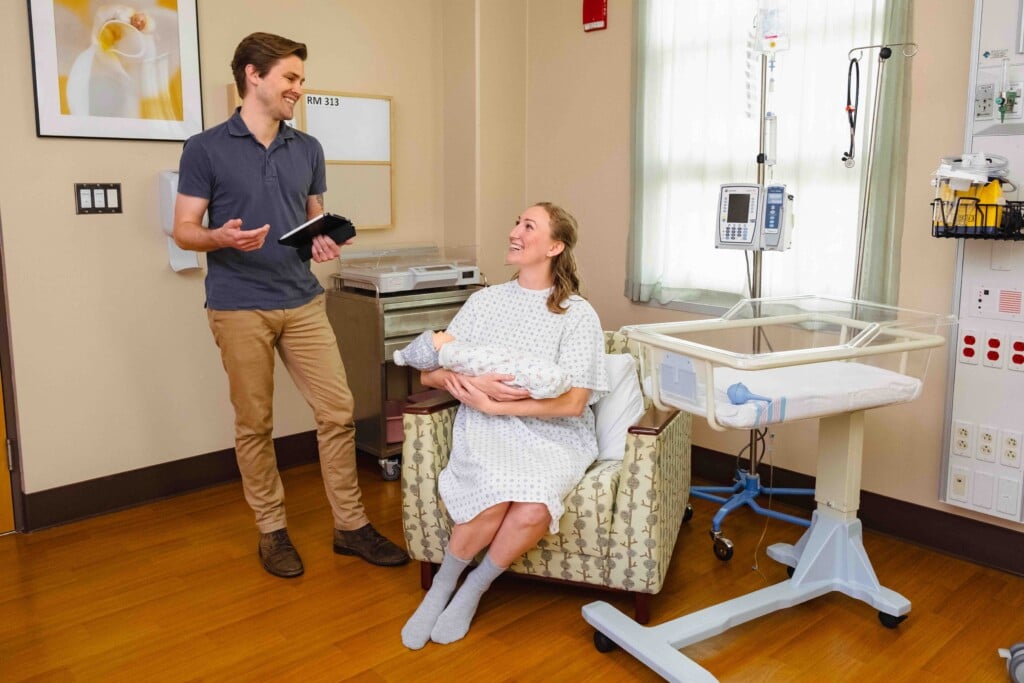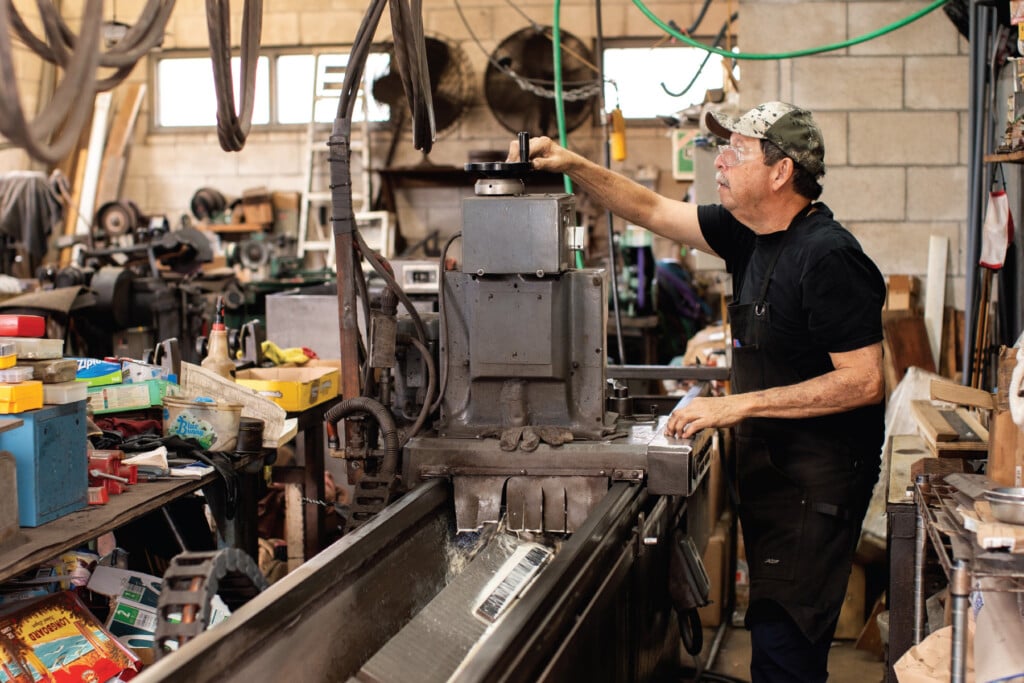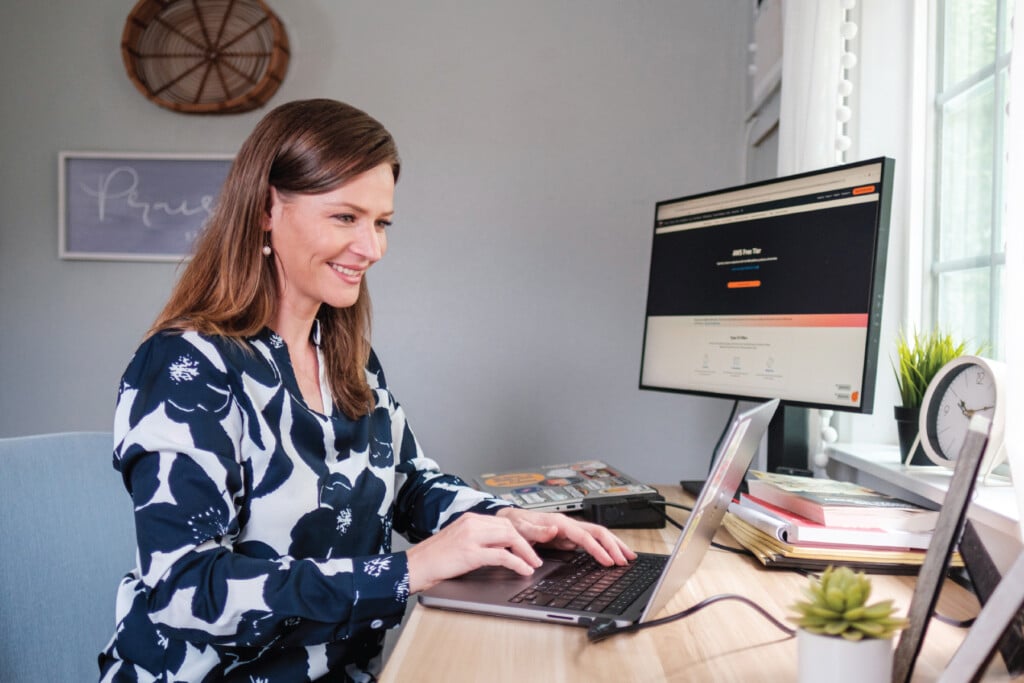My Job as a Psychiatric Nurse at the Hawai‘i State Hospital
Tom Davidson says many staffers treat patients like family and view them as people who have gone through traumatic experiences and need help to get better.

NAME: Tom Davidson
AGE: 65
JOB: Psychiatric nurse at the Hawai‘i State Hospital
BEGINNINGS: His senior high school English class studied the novel by Ken Kesey about the people in a mental institution, “One Flew Over the Cuckoo’s Nest,” which was later made into a film.
“The film fascinated me, especially learning about the human mind and what can happen when things go horribly wrong with it,” Tom Davidson says.
He spent three years as an ordained Buddhist monk in Sri Lanka, where he learned the foundations of mindfulness. He explains that is the ability to be fully present and aware of what he’s doing and not overwhelmed by what’s going on around him.
KEY SKILL: He says mindfulness helped him personally and motivated him to help those who are mentally ill. He has been working at the Hawai‘i State Hospital for almost 30 years.
“I became a nurse because I felt that it was a great way to help other people and give something back to the community.”
WHAT IT TAKES: “It takes a certain kind of person to want to be able to help people and work with the patients. I know lots of nurses who are scared to death to come to the Hawai‘i State Hospital, scared of working with or just seeing a ‘crazy’ person.”
Davidson says attacks by patients happen but are “not an everyday thing” and not to be excessively feared.
CHALLENGES: “We’re dealing with folks who are delusional, psychotic and half who experience methamphetamine-induced psychosis, and because their views of reality are paranoia, they would act out.”
“Working with mental health court-committed patients is a whole different story. You’re facing people with very bad trauma backgrounds and trust issues, multiple problems with substance and drug abuse.”
“It is a very big deal to gain somebody’s trust, and you have to do it by genuinely showing kindness and warmth. It’s no small task, especially when they push your buttons.”
MISCONCEPTIONS: “A lot of people think crazy people are dangerous and a lost cause. But once these people are admitted into the hospital and take their medications along with treatment, they start to get much better.”
“Most patients we treat often are coming from the streets paranoid, as they had been mistreated or sexually abused. Some come out from prison with major traumatic backgrounds.”
Davidson says many hospital staff members treat patients like family – they view them as people who have gone through traumatic experiences and need help to get better.
“We need to constantly remind these people that the hospital is a healing place for humans and not a jail. We are here to help, not harm.”
CREATING TRUST: “My job is to show aloha and have basic human kindness and warmth. Once you give them that aloha and the sense of safety and trust to realize that we are on their side, they can begin their journey of healing.”
This interview has been edited for clarity and conciseness.






